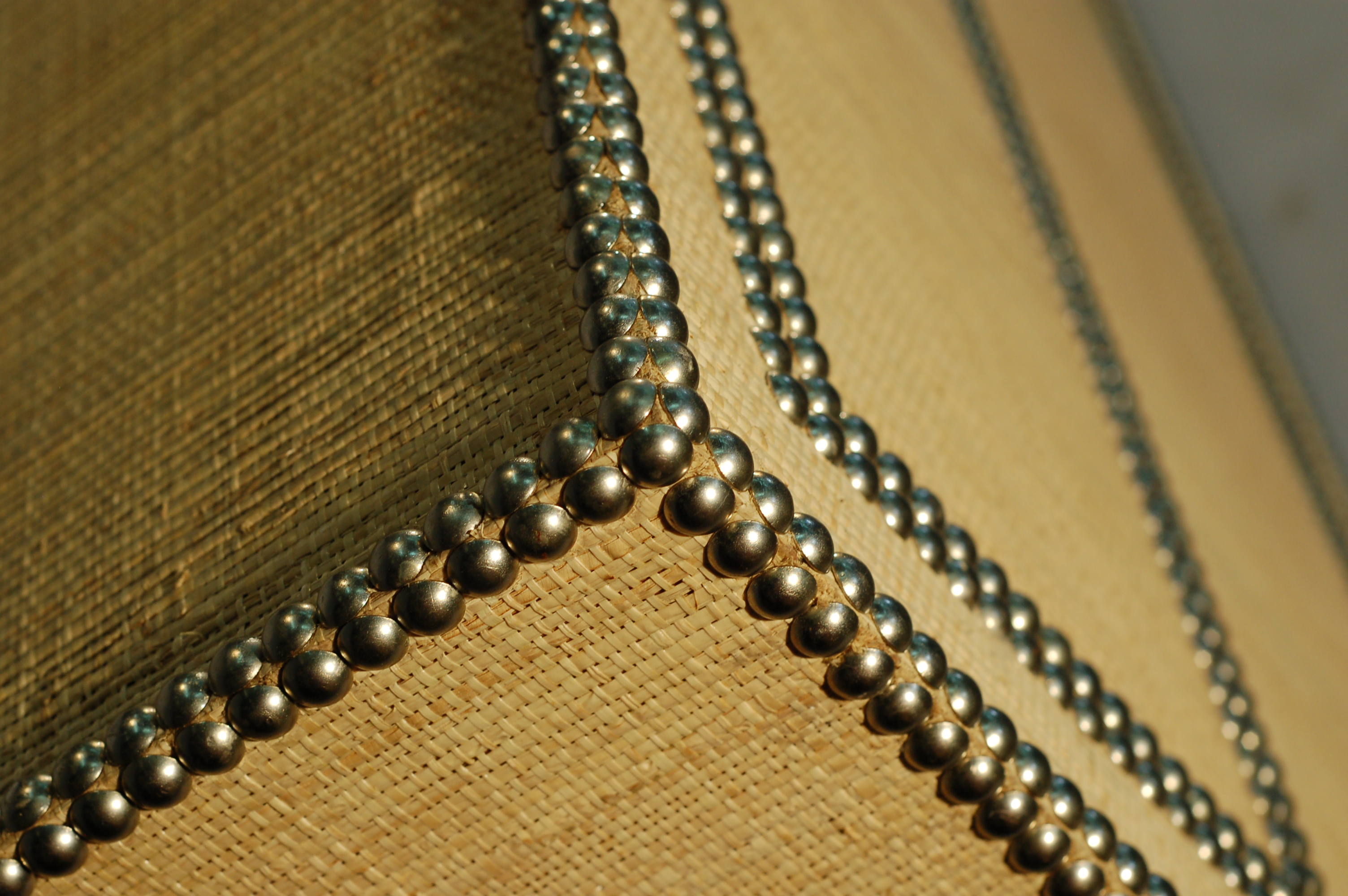Rattan is the non-technical name for a member of the palm family, that lists 13 genera and over 600 species. Some species of rattan can grow to almost 100 meters in length, and can be as large as 10 centimeters. Rattan, if harvested sustainably, is a renewable resource. Rattan survives in and depends on the rain forests of Asia and can provide a sustainable livelihood to forest dwelling people. All parts of the rattan can be consumed, even the fruit provides a tasty treat. When heated, rattan is highly malleable, and can be manipulated into a variety of interesting shapes and dimensions, while retaining superior strength and load bearing capacity. The peel of rattan can be woven into attractive panels or used as a smooth wrapping for furniture joints.
In addition to rattan, a plethora of natural renewable fibers, vines and materials are used to add texture, visual interest and architectural detail to the pieces designed and made by Mehitabel. Abaca is a strong fiber harvested from the trunk of Musa Textilis, a member of the banana family. The species is indigenous to the Philippines. In colonial times the fiber was woven into strong rope for ships and known as “Manila Hemp.” Today, Abaca is sorted, woven into patterns and dyed for matting, rugs and wall coverings and is widely incorporated into furniture products.
Coconut trees have a fibrous trunk that yields a soft wood with interesting texture. In small amounts or inlaid into stone the coconut wood adds interest to a piece of furniture.
Raffia is a material harvested from the Raphia Ruffis, a member of the palm family. It can be dyed and woven into a number of interesting patterns and weights. Other materials such as seagrass, water hyacinth, bamboo, and buri palm are also incorporated into furniture.

